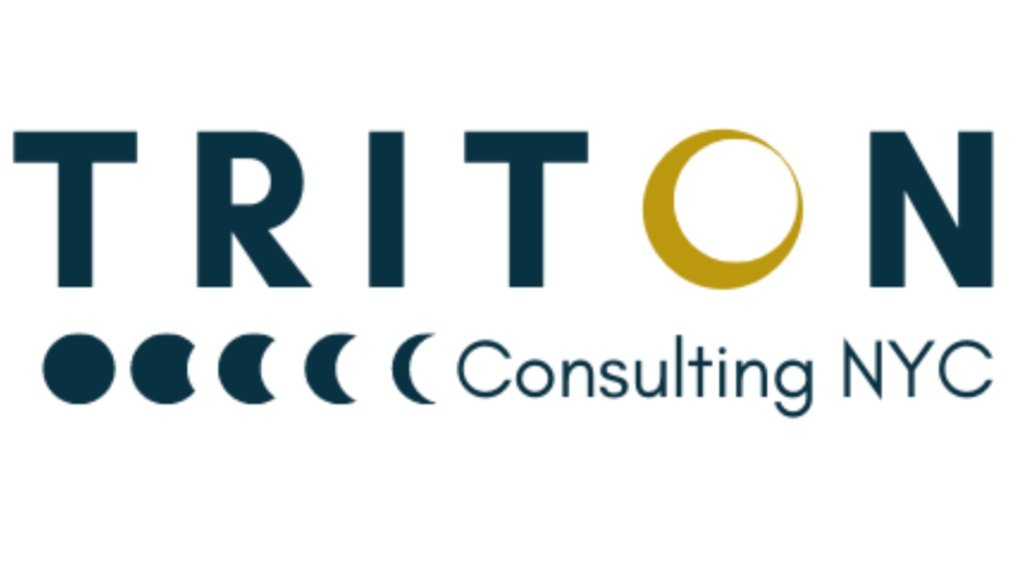Establish a strict policy that prohibits the school from receiving any sponsorship, material, or other resources from any tobacco enterprise.
Tobacco manufacturers create and promote highly addictive and hazardous products, and they count on youngsters to take the place of adult consumers who die or cease using cigarettes.
Therefore, tobacco marketers should not have any access to educational institutions. Acquiring funds and resources from cigarette businesses is always dangerous for the students because the advantages are much more for the tobacco companies than the school.
Regularly assess the school's tobacco-free activities.
Schools should frequently assess how well they are doing at putting tobacco-free practices, initiatives, and educational materials into place, as well as how successful they are at reducing student cigarette use.
These assessments are crucial for schools to identify the program components that need to be strengthened and to show students, parents, the community, and other schools which do not participate in smoking prevention efforts the program's significant benefits. Embracing these measures can drastically enhance the students' present and future health and well-being.
Together, let's create a healthier future for our students.




